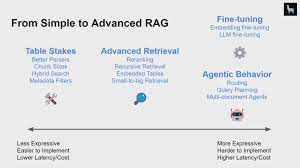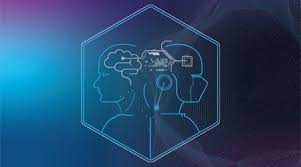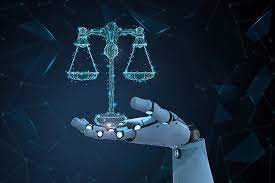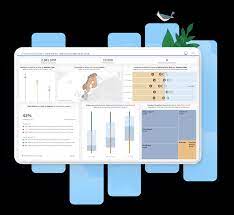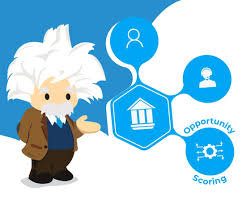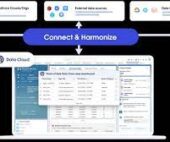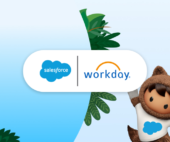Ten Years of Data Lessons
Lessons Learned from a Decade in Data Science Over the past ten years, working in analytical roles at various companies—from a small fintech startup in Europe to high-growth pre-IPO scale-ups like Rippling and big tech firms such as Uber and Meta—has provided a wealth of insights. Each company had a unique data culture and view


